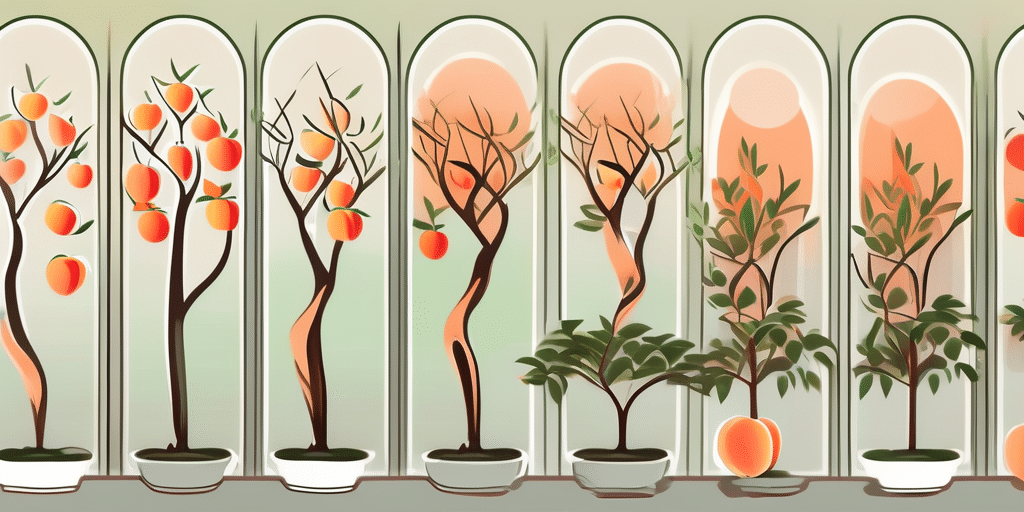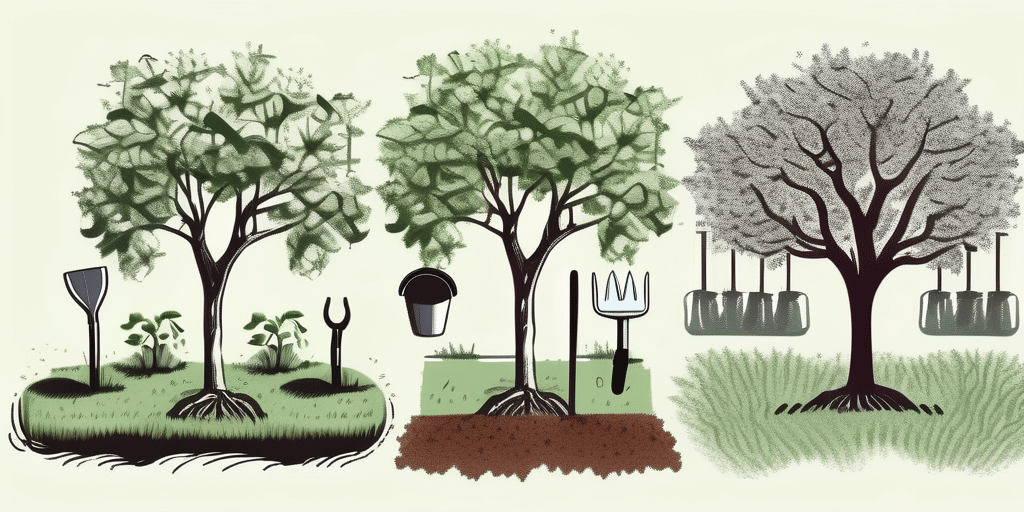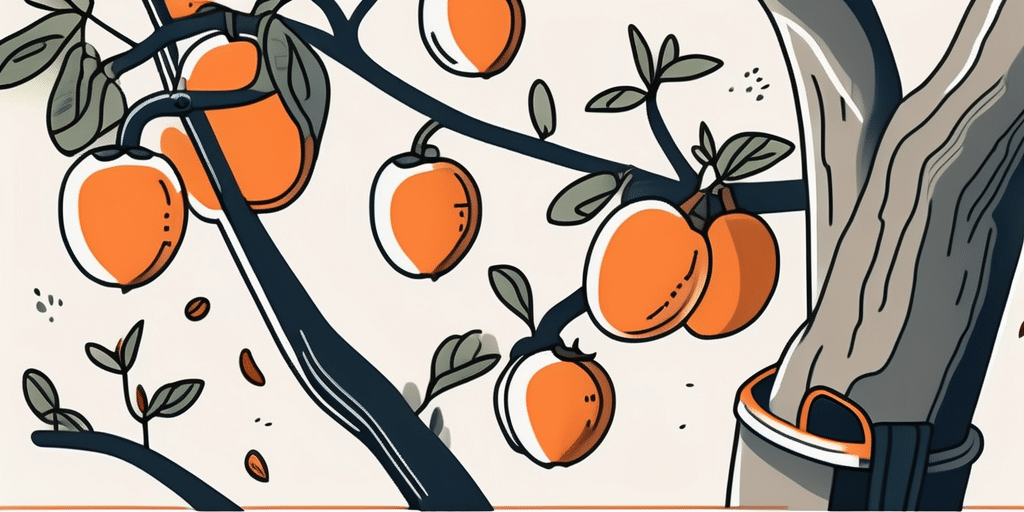Cherry trees are a delightful addition to any garden, offering a beautiful display of blossoms in the spring and delicious fruit in the summer. But how do you go about planting one? In this guide, we’ll walk you through the process step by step.
Choosing the Right Cherry Tree
Before you start digging, it’s important to choose the right type of cherry tree for your needs and climate. There are two main types of cherry trees: sweet cherries (Prunus avium) and sour cherries (Prunus cerasus).
Sweet cherries are best for eating fresh, while sour cherries are often used in baking and canning. According to the USDA, sweet cherries grow best in hardiness zones 5-7, while sour cherries are a bit hardier and can grow in zones 4-6.
Choosing a Variety
Within these two types, there are many different varieties to choose from. Some popular sweet cherry varieties include Bing, Rainier, and Lapins, while popular sour cherry varieties include Montmorency and North Star.
When choosing a variety, consider factors like the tree’s mature size, its chill hour requirements (the number of hours below 45°F the tree needs in winter to produce fruit), and its disease resistance. The Oregon State University Extension Service has a great guide to help you choose.
Planting Your Cherry Tree
Once you’ve chosen your tree, it’s time to plant. Here’s a step-by-step guide to get you started.
Choose a location. Cherry trees need full sun (at least six hours a day) and well-drained soil. Avoid low-lying areas where cold air or frost can settle.
Dig a hole. The hole should be twice as wide and the same depth as the root ball. The USDA recommends a hole width of 3-4 feet for most cherry trees.
Place the tree in the hole. The top of the root ball should be level with or slightly above the surrounding soil.
Backfill the hole. Fill in the hole with the original soil, firming it gently around the base of the tree.
Water thoroughly. After planting, give your tree a good soaking to settle the soil and hydrate the roots.
Caring for Your Cherry Tree
After planting, your cherry tree will need some ongoing care to thrive.
Watering
Cherry trees need regular watering, especially during dry periods. The USDA recommends watering deeply once a week during the first year, and then watering as needed based on weather conditions.
Pruning
Pruning helps to shape the tree and encourage better fruit production. According to the Penn State Extension, young cherry trees should be pruned in late winter or early spring to establish a strong structure.
Fertilizing
Cherry trees benefit from regular fertilization. The USDA recommends applying a balanced fertilizer in early spring, before the tree starts to leaf out.
Common Problems and Solutions
Like all plants, cherry trees can encounter a few problems. Here are some common issues and how to deal with them.
Pests
Cherry trees can be affected by a variety of pests, including aphids, cherry fruit flies, and birds. The University of Minnesota Extension recommends using integrated pest management strategies, such as encouraging beneficial insects and using netting to protect the fruit from birds.
Diseases
Common diseases of cherry trees include brown rot, leaf spot, and bacterial canker. The USDA recommends regular monitoring and the use of appropriate fungicides or bactericides as needed.
Harvesting Your Cherries
Finally, the moment you’ve been waiting for: harvest time! Most cherry trees will start producing fruit in their fourth or fifth year. The USDA recommends harvesting cherries when they are fully colored and slightly soft to the touch.
With a little patience and care, you can enjoy the fruits of your labor for years to come. Happy planting!
Join the How to Grow Everything Community
Ready to take your gardening skills to the next level? Subscribe for free to How to Grow Everything and learn how to build the garden of your dreams! Receive personalized gardening advice tailored to your location, grow zone, and experience level. Enjoy the best gardening tips, special offers, and deals delivered straight to your inbox—100% free, from our family to yours. Start growing your perfect cherry trees and more today!





